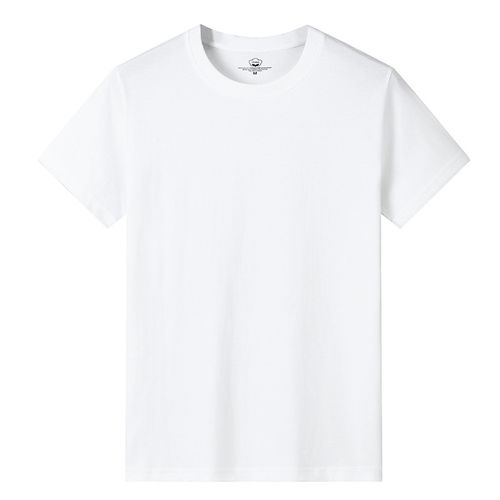In the clothing renderings, it is not only the color matching of the clothing, but also the realistic fabric texture that is particularly important to highlight the design effect of the clothing. First of all, we can make the simplest classification of fabrics, which can be divided into four types: transparent, thin, medium and thick fabrics. Specific materials that are difficult to express include plush fabrics, knitted fabrics, hollow fabrics, and some fabrics made of special materials.
First, analyze based on the four general fabrics: transparent, thin, medium and thick.
Transparent fabrics can use the overlapping method and the sfumato method to express the transparent effect, such as yarn. When processing yarn, it can strengthen the layers and make use of the light and dark colors. The difference in brightness is expressed, and for the fluttering yarn, the color can be faded.
Thin materials are characterized by elegance and lightness, and are prone to wrinkles when models move dynamically. When expressing with painting techniques, the use of lines can be natural and light. The colors must be clean and light. The technique can use the blending method, which can easily express a thin and transparent feeling. To express the undulations of large areas of thin materials, large brush strokes can be used to process large areas. For the pleats of thin materials, pay attention to randomness and vividness.
Medium and thick fabrics are completely different from thin materials. This feeling can be expressed by more convenient methods such as flat coating and friction. For woolen fabrics, rubbing method can be used to express patterns. The pleats of medium and thick fabrics are no longer fine, but large and smooth.
Then analyze based on specific materials, such as plush, knitted, hollow and some special materials.
Among the plush fabrics, wool has a very layered feel. As long as the color is appropriate, the effect will be obvious. There are luminous and non-luminous flannel fabrics, and velvet fabrics are also more reflective and drapey than flannel fabrics. When processing the edge of the flannel fabric, it is necessary to blur it and create a fluffing effect, which can be expressed by rubbing.
Knitted fabric The surface weaving texture is the focus of texture expression. Due to the different weaving methods of knitted fabrics, their expression methods are also different. When the knitted texture is larger and more prominent, you can choose to depict the details first and then color them. If the knitted fingerprints are small and uniform, you can After applying the full color, add a few strokes of detail.
Then for the performance of hollow fabrics, you can use the resist dyeing method. Two different materials need to be used. The pattern is drawn in advance with one kind of pigment, and then another kind of pigment is used to cover the pattern. The two different kinds of pigments will produce a separation effect, thus creating the feeling of hollowed out fabric. It’s best to use oil-based markers first and then watercolors to avoid making the painting dirty.
Among the special fabrics that have been used a lot in recent years, PVC fabrics have a high sense of transparency. Then when expressing the transparency of PVC, its reflective properties must be considered, and when dealing with wrinkles, the hardness of the fabric must be expressed. The strokes are crisp and reflect the background color appropriately. As for fabrics with a very light feel, there are usually two methods: one is the flat coating method, which uses more than three layers of reflective material, namely the glossy side, the gray side, and the dark side of the fabric. The brightness of the gray surface and the glossy surface increases, creating a contrasting sense of light.
Again, the early foundation of learning hand-drawing is based on copying various master paintings.








